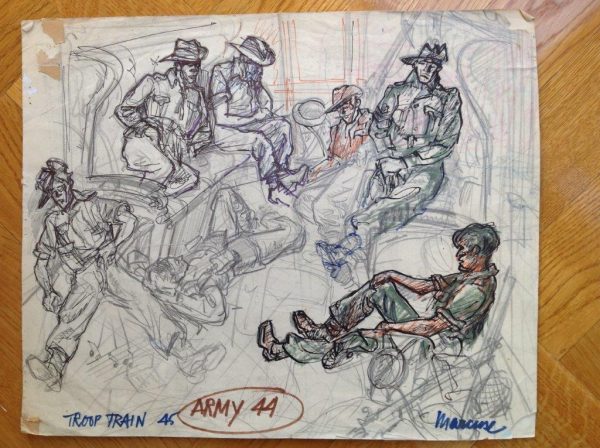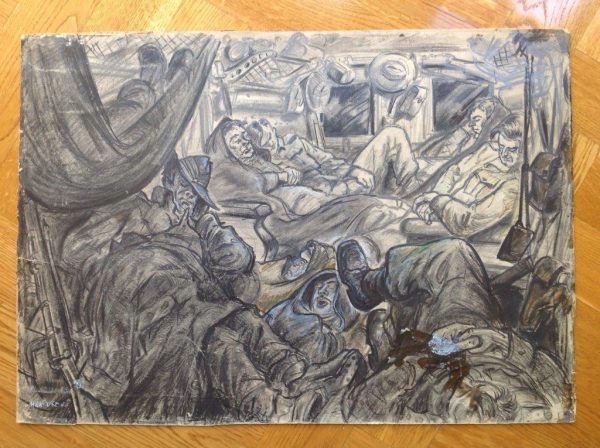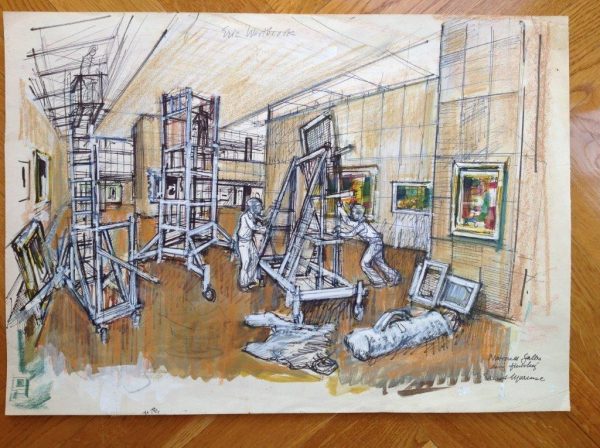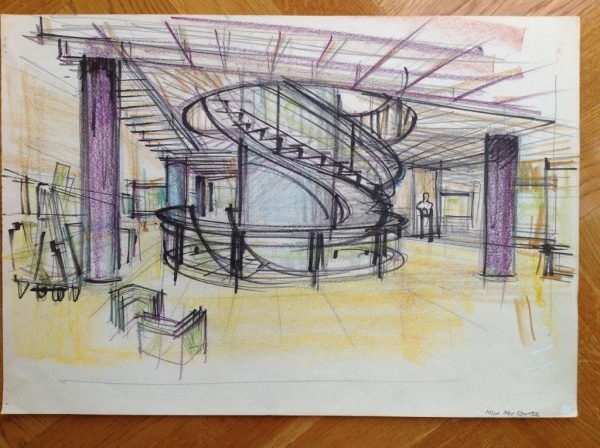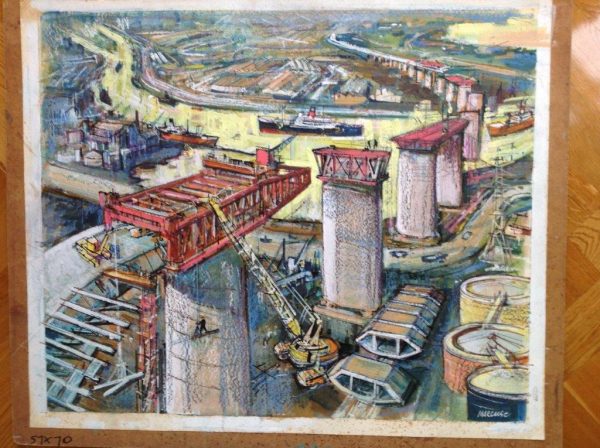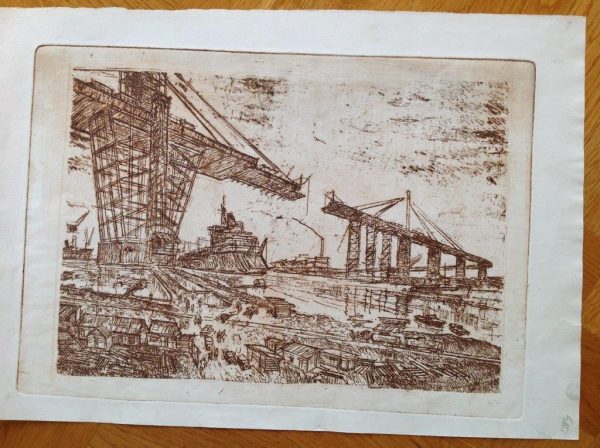Ernest Marcuse – original works and limited edition prints
Ernest Marcuse – original works and limited edition prints
“Ernest Marcuse arrived in Australia 1 October 1939 as a refugee from Berlin Germany, where he had been a Commercial Artist and graphic illustrator.
Whilst many refugees were placed in detention centres, due to his artistic talents he was allowed to pursue employment opportunities. Within just two weeks he was employed by “The Argus” Melbourne morning newspaper utilising his skills specializing in war themes and events.
In 1941 he was co-opted into the Australian Army Officer Training School as a Staff Artist.
TROOP TRAIN AT NIGHT
As Private E. Marcuse, Ernest was in The Australian Army 1941 to 1945. Very early he was transferred to Army Officer Training School as Staff Artist where he created visual training aids and illustrations for Army publications.
He was variously located: Bonegilla, Officer Cadet Training Unit Woodside (S.A.) 1943, Mangalore 1944 and finally Directorate of Military Training Melbourne until 1945. His commanding Officer Colonel W.L Hann later wrote “His work as a professional artist and illustrator were invaluable to all instructors whenever visual aids were necessary”. In addition, Brigadier Fullarton described Ernest as “Unimaginably effective in demonstrating on paper to the students”.
“Troop Train at Night” was an artistic creation while traveling between Army camps. In 1945 he entered this piece in the Nation Exhibition of Art “Australia at War”. It was awarded second prize under section “Best graphic illustration”.
NATIONAL GALLERY OF VICTORIA (St Kilda Road)
The Roy Grounds design was completed in 1968. Ernest Marcuse had always been fascinated by building construction & demolition. He painted many iconic locations in the Melbourne area.
As for the NGV, painting two outside images created little difficulty. Gaining unlimited access during the initial set up was arranged by Eric Westbrook founding director of the new gallery. This series consisted of eight drawings. Eric, who knew and respected Marcuse for many years subsequently wrote “One of his great natural gifts is his patterns of movement of people engaged in manual work”.
WESTGATE BRIGE CONSTRUCTION
Ernest approached the project manager of the Westgate Bridge to request if he could artistically interpret the bridge under construction. He then introduced Marcuse to John Holland. Ernest showed John some preliminary sketches and spoke about his artistic background. John gave Ernest access to the whole site and requested to see the finished results with the intension to purchase one for the board room. Ernest painted on site up until the day before the fatal collapse, the tragedy that lead to the death of 32 workers.
After this John Holland did not wish purchase a piece as he did not want to be artistically reminded of the incident.
Some of this series was purchased by the Australian Council of Trade Unions & The Australian Resources Bank. Ironically the largest of the five paintings was purchased by Holland Constructions in 2014 to finally hang in their head office.

